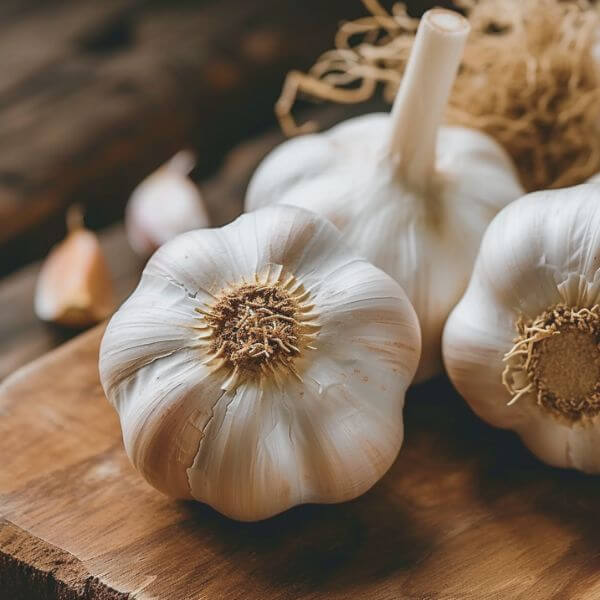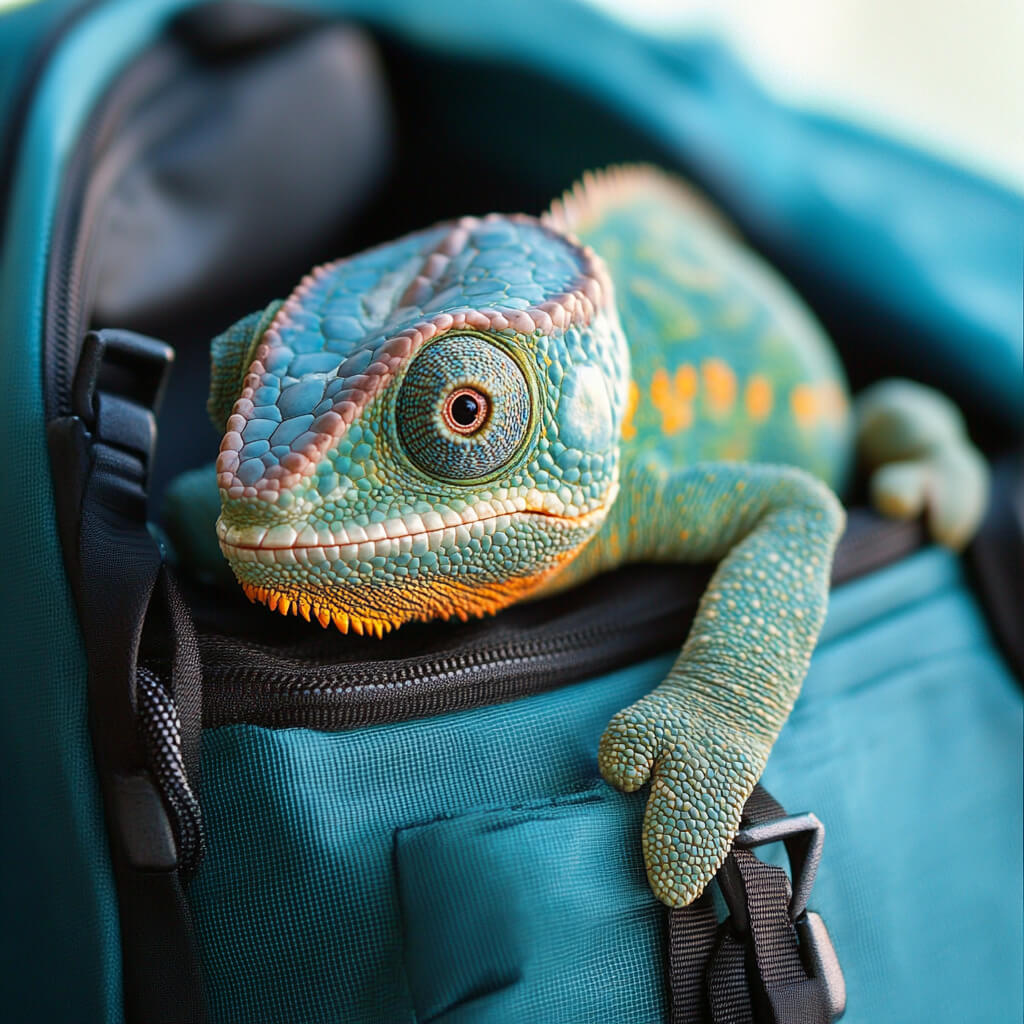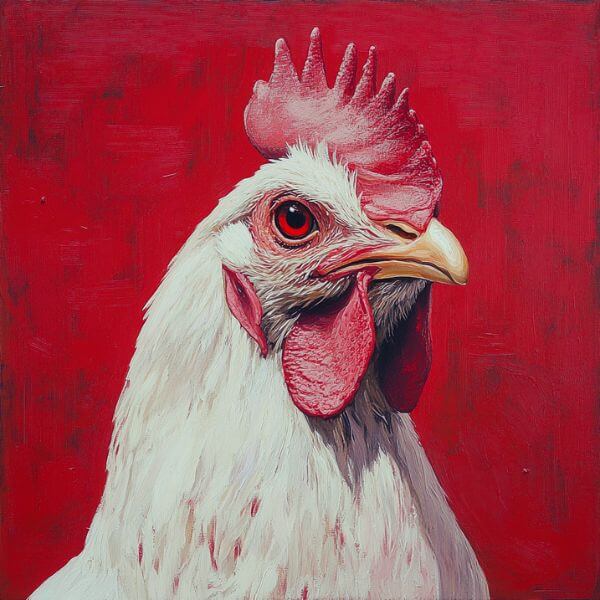No, chameleons should not eat garlic. It’s like giving a cat a coffee – just not a good idea!
Garlic belongs to the allium family, which includes onions and leeks.
These plants have compounds that can be harmful to many pets, including chameleons.
It’s like how some people can’t eat peanuts – garlic just doesn’t agree with chameleon tummies.
Risks of Chameleons Eating Garlic
Potential health issues
If a chameleon eats garlic, it could lead to:
- Upset stomach
- Diarrhea
- Weakness
- In severe cases, even anemia
Toxicity of allium family for reptiles
The allium family (garlic, onions, etc.) contains sulfur compounds.
These can damage a chameleon’s red blood cells, leading to anemia.
It’s like putting the wrong fuel in a car – it just doesn’t work right.
Signs of garlic-related illness in chameleons
Watch out for these warning signs:
- Loss of appetite
- Lethargy
- Pale or yellowish skin color
- Unusual poop (color or consistency)
If you see these, it’s time for a vet visit!
Safe Alternatives to Garlic for Chameleons
Insect-based diet for chameleons
Insects are the best food for chameleons. Here’s a fun feeding schedule:
Remember, variety is the spice of life – even for chameleons!
Safe vegetables for chameleons
While insects should be the main course, some veggies can be a nice side dish:
- Collard greens
- Mustard greens
- Dandelion leaves
Think of these as chameleon salads!
Fruit options for chameleons
Fruits should be an occasional treat, like dessert for chameleons. Safe options include:
Remember, just a little bit – like how we shouldn’t eat too much cake!
Maintaining a Healthy Chameleon Diet
Balanced nutrition for chameleons
A good chameleon diet looks like this pie chart:

Feeding frequency and habits
Adult chameleons usually eat every other day, while young ones need food daily.
It’s like how growing kids need more snacks than adults!
Hydration and its importance
Water is super important for chameleons.
They don’t drink from bowls, though. Instead, they lick water droplets off leaves.
You can mist their enclosure or use a dripper system to keep them hydrated.
FAQs
What should I do if my chameleon accidentally eats garlic?
If your chameleon nibbles on garlic, don’t panic! Keep an eye on them and call your vet for advice. It’s always better to be safe than sorry.
Are there any herbs safe for chameleons?
While chameleons don’t need herbs, some safe options include basil and oregano. But remember, these should only be occasional treats, not regular meals.
How can I ensure my chameleon gets proper nutrition?
Feed a variety of insects, dust them with calcium powder, and offer occasional veggies. It’s like making sure a kid eats their vegetables along with their favorite foods!
Can chameleons eat other vegetables from the allium family?
Nope! The whole allium family (onions, leeks, chives) is off-limits for chameleons. Stick to safe veggies like collard greens.
What are the best insects to feed my chameleon?
Crickets and roaches are chameleon favorites. They’re like pizza and burgers in the chameleon world – popular and nutritious when fed correctly!
Conclusion
So, can chameleons eat garlic? The answer is a big NO. Garlic and other allium family plants are not safe for these colorful reptiles.
Stick to a diet of insects, with some veggies and fruits as occasional treats.
Remember, a well-fed chameleon is a happy chameleon!
Taking care of a chameleon’s diet might seem tricky at first, but with a little knowledge, it’s not so hard.
Just think of yourself as a chameleon chef, serving up delicious and nutritious insect meals!
If you’re ever unsure about what to feed your scaly friend, it’s always best to check with a vet or a reptile expert.
After all, every chameleon is unique, just like their amazing color-changing abilities!







Leave a Reply